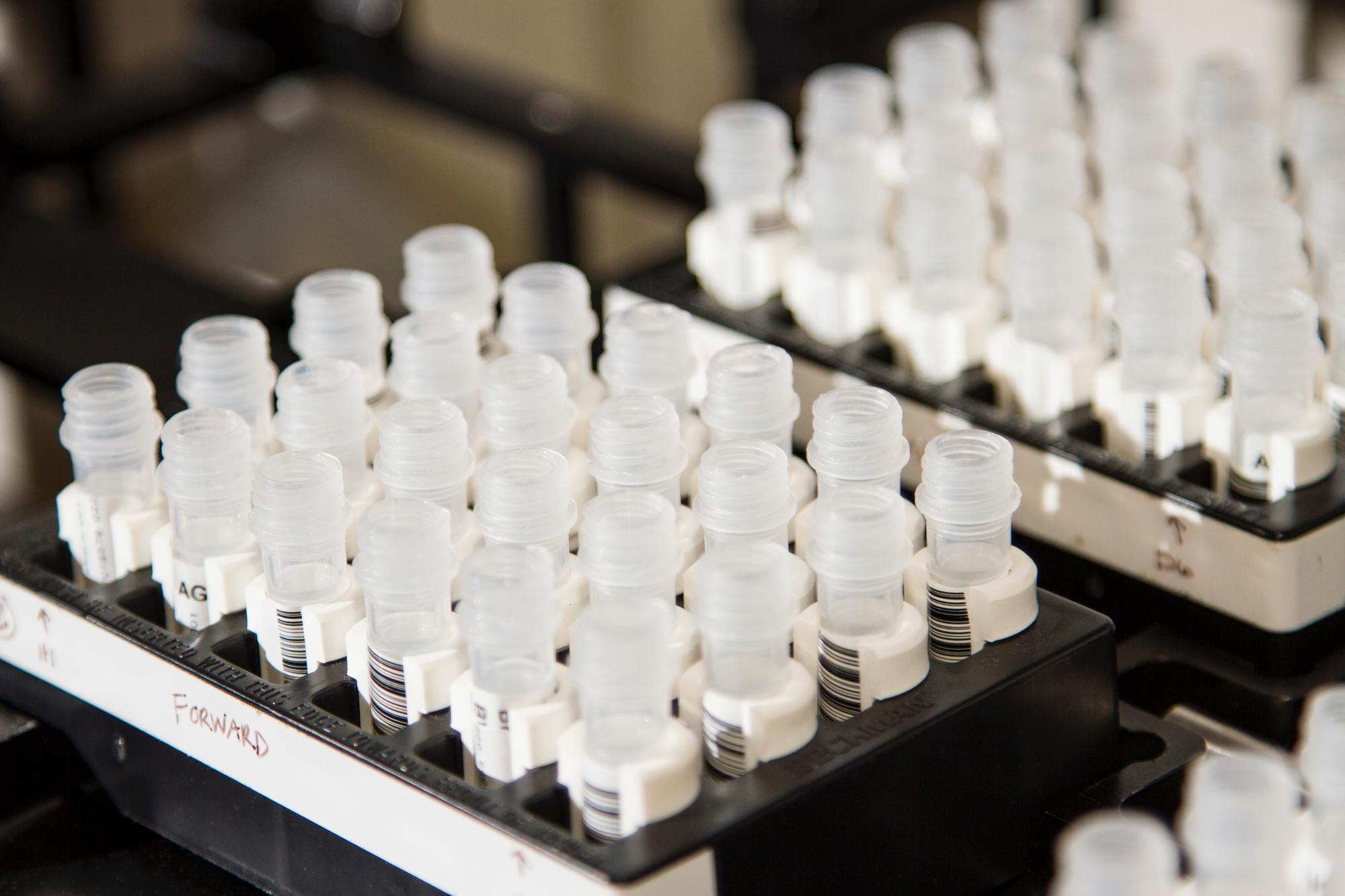The cannabis industry is evolving faster than ever, and international strain research is increasingly at the heart of that transformation. From groundbreaking space experiments to pioneering agricultural initiatives, global collaborations and emerging science are redefining how cannabis is developed, regulated, and consumed.
Space-Age Breeding: Cannabis in Orbit
A standout development in 2025: researchers launched ~150 cannabis seeds into orbit aboard a SpaceX Falcon 9 under Slovenia’s Martian Grow project. The mission aims to expose seeds to intense cosmic radiation—up to 100× higher than near-equatorial orbits—to study genetic adaptation and resilience. Over the next two years, scientists will analyze plants grown from these seeds for changes in cannabinoid profiles, structure, and stress resistance.
This isn’t a science-fiction gimmick—it’s the next frontier in cannabis genetics. As plant researchers point out, exposure to extreme radiation can induce mutations, offering a new path toward robustness and perhaps novel cannabinoid combinations.
Agricultural Powerhouse: Brazil’s Long-Term Research
Down to Earth, Brazil’s agricultural research agency, Embrapa, has launched a sweeping 12-year cannabis research program. Pending regulatory approval, the initiative will establish a seed bank, adapt varieties for Brazil’s diverse climate zones, and develop regional production hubs. The goal: to emulate Brazil’s transformation of its soybean industry but using cannabis for medicinal, food, and industrial applications.
This project signals a shift toward strategic, large-scale cannabis breeding tailored to local ecosystems—enhancing sustainability and economic potential.
Market Growth & Diversification: Genetics Fueling Expansion
Globally, the legal cannabis market is projected to soar—from around USD 57 billion in 2023 to USD 444 billion by 2030, a staggering CAGR of ~34%. Similarly, the cannabis seeds market alone is expected to grow from USD 1.22 billion in 2023 to USD 6.5 billion by 2035 (CAGR ~15%).
These gains are largely due to legalization, rising medical demand, and advancements in breeding technologies—particularly feminized and auto-flowering seeds optimized for consistency and yield. Market leaders are focusing on genetics that combine potency with novel cannabinoid and terpene profiles.
Regulatory Pivot: A Boost for Research
International policy is finally catching in up with science. The UN’s delisting of cannabis from Schedule IV in 2021 removed significant international barriers to research and commercialization—and opened the door for cross-border collaborations and IP protections through mechanisms like WIPO and plant breeders’ rights.
This regulatory shift is pivotal—allowing breeders and institutions to share genetics more freely and protect innovations, cementing cannabis as a legitimate botanical research subject rather than a restricted narcotic.
From Lab to Consumer: Data, Terroir, and the “Entourage Effect”
Growing genetic knowledge is now converging with data-driven breeding and consumer science. The concept of the “entourage effect”—where terpenes and minor cannabinoids modulate the impact of THC and CBD—is gaining traction, prompting researchers to breed strains with specific chemical profiles rather than just potency.
Add in analytics, regional genetics, and quality control frameworks, and the future points toward a market where consumers choose by verified effects—whether wellness, flavor, or mood.
Final Thoughts
International strain research—from space-bound genetics to regional agricultural programs—is turbocharging the cannabis industry’s evolution. As science unlocks new traits and regulators embrace innovation, the market is heading toward personalized, sustainable, and globally optimized strains that support medical, recreational, and industrial uses.
The future of cannabis is genetic—and it’s being shaped far beyond lab walls, grounded in soils across the planet, and even flung to space for transformation.


